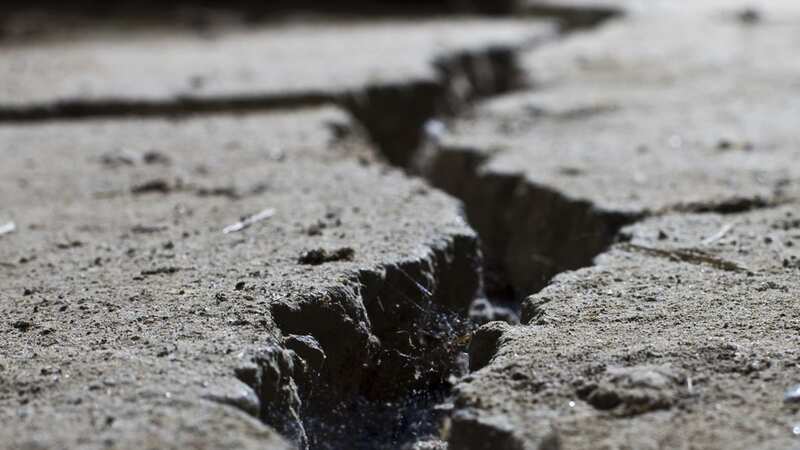Bombshell claim that modern earthquakes may be aftershocks from 19th century

Earthquakes happening today might just be aftershocks from 19th century quakes, according to a new study. Some of the strongest earthquakes on record in US history previously struck North America's continental interior.
Nearly two centuries later, scientists from the American Geophysical Union think the central and eastern United States may still be experiencing aftershocks from those events. Aftershocks are smaller in magnitude than the main shock, but they still have the capacity to damage infrastructure, and can impede the recovery from the original earthquake.
Lead author Dr Yuxuan Chen said: "Some scientists suppose that contemporary seismicity in parts of stable North America are aftershocks, and other scientists think it's mostly background seismicity.
READ MORE Texas earthquake with 4.0 magnitude tremor leaves homes shaking
 Some of the strongest earthquakes on record in US history previously struck North America's continental interior (Getty Images/iStockphoto)
Some of the strongest earthquakes on record in US history previously struck North America's continental interior (Getty Images/iStockphoto)"We wanted to view this from another angle using a statistical method. You use the time, distance and the magnitude of event pairs, and try to find the link between two events - that's the idea.
 Inside quietest room in the world where no one can stay inside for over an hour
Inside quietest room in the world where no one can stay inside for over an hour
"If the distance between a pair of earthquakes is closer than expected from background events, then one earthquake is likely the aftershock of the other."
The study was published in the Journal of Geophysical Research: Solid Earth, and found that regions closeby to these historic earthquakes' epicentres are still active in a seismic sense to this day. However, this is by no means certain, and it might be the case that they are in fact foreshocks, which come before larger earthquakes or background seismicity.
The team looked at three historic events in Canada, Missouri-Kentucky and South Carolina, to explore modern earthquakes within 250 kilometres of the historic places. Three areas were identified because of their distance from plate boundaries which put in place suspicion regarding the origins of their modern seismicity.
The team looked at earthquakes that were larger than or equal to a magnitude of 2.5 as anything smaller than that is hard to record. However, Dr Susan Hough thinks they have only identified one piece of the puzzle.
She said: "In some respects, the earthquakes look like aftershocks if you look at the spatial distribution, but earthquakes could be tightly clustered for a couple of reasons.
"One is that they're aftershocks, but also you could have a process of creep going on that's not part of an aftershock process.
"Exactly what their results mean is still open to question.
"To come up with a hazard assessment for the future, we really need to understand what happened 150 or 200 years ago.
"So, bringing modern methods to bear on the problem is important."
Results indicated that Canadian earthquake aftershocks had ended, however an additional two could still be causing aftershocks. Close to the Missouri-Kentucky border, researchers identified approximately 30 per cent of all earthquakes from 1980 to 2016, which were likely aftershocks from major historical earthquakes.
 Man dubbed the 'living Nostradamus' denies claims he is 'Satan's messenger'
Man dubbed the 'living Nostradamus' denies claims he is 'Satan's messenger'
In Charleston, South Carolina, the team identified 16 per cent of the modern-day quakes, which were also likely following the aftershocks from the 1800s.
Read more similar news:
Comments:
comments powered by Disqus

































